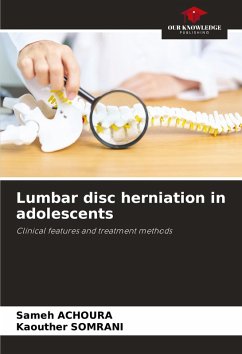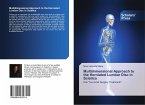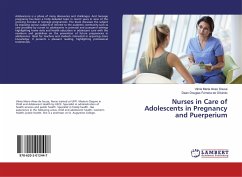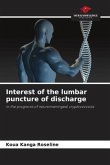The herniated disc (HDL) corresponds to the passage of part of the nucleus pulposus through the annulus fibrosus into the spinal canal at the back. It is often the result of degenerative involution of the intervertebral disc, leading to deformation or rupture of the posterior common vertebral ligament. HDL is a rare cause of morbidity in adolescents. Its pathogenesis has yet to be fully elucidated. However, genetic, traumatic and biomechanical causes have been reported to contribute to the genesis of HDL in children under 19. Our study focuses on HDL in patients under 19 years of age. The incidence worldwide is 4 per 10,000, and the disc is well hydrated. HDL in adolescents is therefore considered a totally distinct pathology from that commonly observed in adults. Given the rarity of this condition in people under 19, diagnosis is often made late in life. Due to the rarity of this pathology in children under 19 years of age, diagnosis is often delayed.
Bitte wählen Sie Ihr Anliegen aus.
Rechnungen
Retourenschein anfordern
Bestellstatus
Storno








